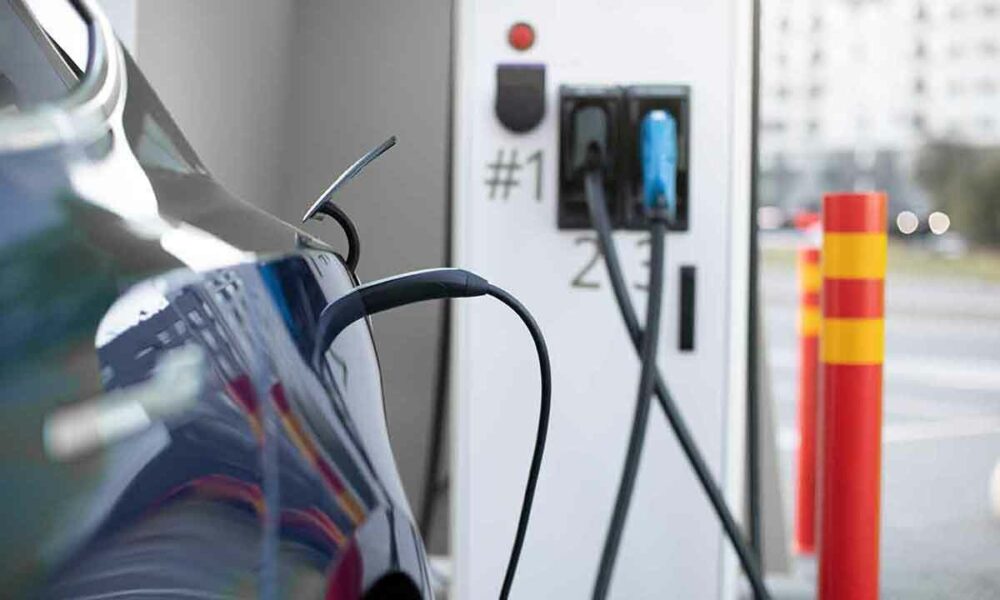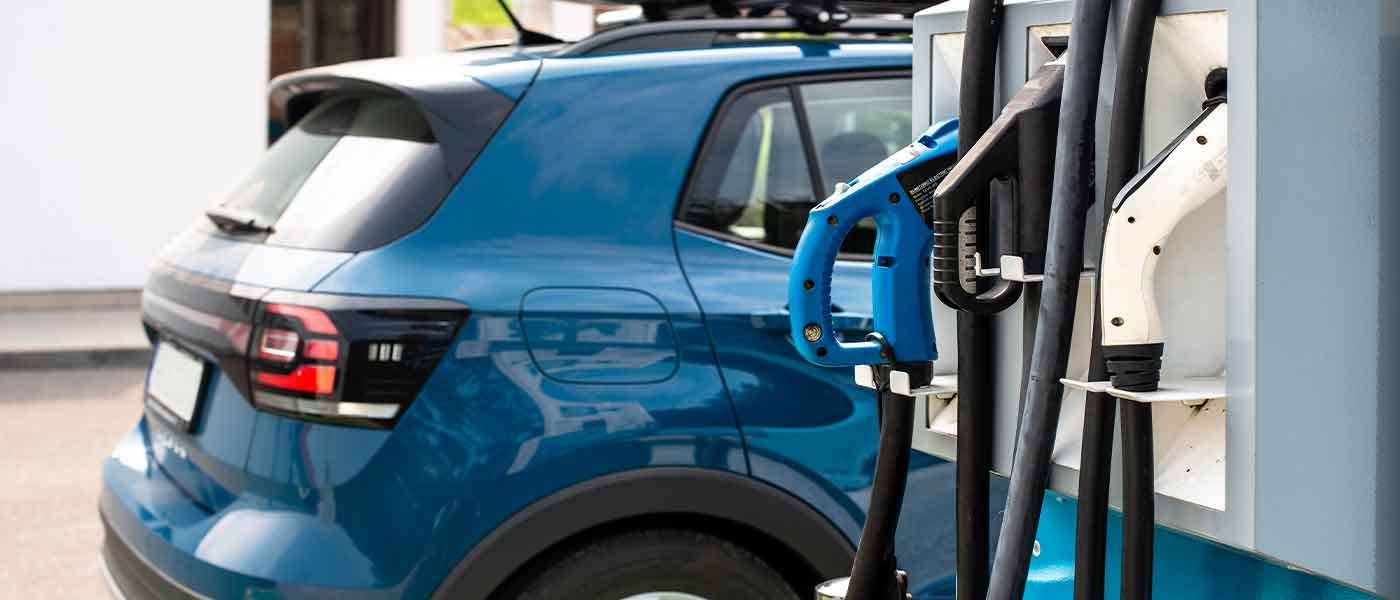
He deployment of a broader network of charging stations with high-speed charging It is, to this day, one of the key points for the transition towards cleaner mobility, one of the key objectives if we intend not to reverse it, since it is too late for it, but to at least mitigate the worst effects that will come from the hand of global warming if we don’t do something about it. And no, I am not so delusional as to think that the problem of emissions is solved with the electric vehicle, but it can mean progress in this regard.
2035 will not mean, finally, the prohibition of all vehicles with thermal engines, since Germany has made it possible for those who employ and-fuel are outside of that measure, since the use of these fuels does not generate CO2, which is the main objective of this measure. However, this will not change things too much, since the price of these clean fuels is expected to be much higher than those we use today. Put another way, we can expect EV adoption to grow substantially over the next few years.
The main problem with electric cars today is their price. It is true that some small models designed exclusively for urban mobility are somewhat more affordable, but if what we want is a car that is capable of providing us with a service that is as similar as possible to that of a combustion engine, prices skyrocket. , among other things, for the cost of the batteries. Thus, a much broader network of fast charging stations could make a big difference in this sense, since would substantially reduce the need for high capacity batteries.
Europe has decided to get down to business in this regard and, as we can read in this press release from the European Parliament, the European Council has reached an agreement on the new European Union rules for charging and refueling stations for alternative fuelsthat is, electric stations, but also hydrogen stations and recharging points for liquefied natural gas (LNG) and compressed natural gas (CNG).
Undoubtedly the most relevant point of this agreement is that it establishes that there electric charging stations for cars at least every 60 kilometers in the trans-European transport network (TEN-T), with charging points of a minimum of 400 kW in 2026amount that must be increased up to the 600 kW in 2028. This is for cars, because for trucks and buses the maximum distance in 2028 will be 120 kilometers and the minimum charging speeds will range between 1,400 and 2,800 kW depending on the road.
On the other hand, and just as gas stations have been doing for years, electric stations will be obliged to inform, in a clearly visible way, about the price per kilowatt for refueling, and charging points must offer various means of payment that are “easy and convenient” for users. This, without a doubt, seems to be intended to prevent the proliferation of charging points that only allow payment through their own apps and/or payment systems. It is established that customers will be able to pay with payment cards (debit/credit), contactless devices via NFC or, in certain cases, via QR code.




